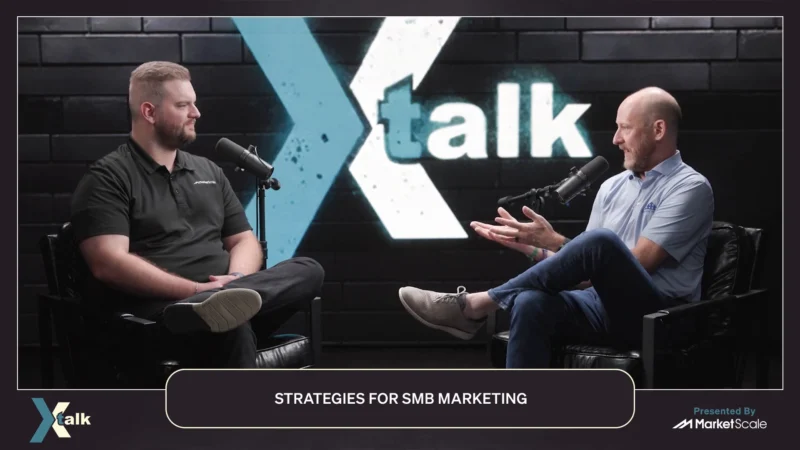ACP Funding and its Future
As broadband infrastructure sees increased attention and widespread changes thanks to the $65 million infrastructure bill, which aims to increase broadband access through programs such as the Broadband Equity, Access, and Deployment (BEAD) Program and the Affordable Connectivity Program (ACP), how these programs are being implemented throughout country is important to follow. As internet service providers (ISPs) ramp up installations of broadband access, the ACP offers a different aspect in response to low-income families who already have service, but could benefit from additional opportunities that help them access better connectivity options.
How has the ACP funding been useful?
In the second episode of the “Wavelengths” podcast, host Daniel Litwin picked up where he left off in his interview with Ben Elkins, CEO of AireBeam, an Arizona-based fiber internet service provider. This time around the two discussed how funds for the ACP is being dispersed and how the ACP functions in contrast to the BEAD program.
Litwin and Elkin further discussed …
- Differences between BEAD and ACP and the issues that each program addresses
- Several advantages that ACP funding offers for internet users
- Recent results and the predicted future of the ACP
“It helps out the families, it helps out the communities and I believe ACP will be not just a funding that’s a one or two-year thing, I think it will go on for generations. I think they will keep funding it and I think it’s a great program and I think that for the folks that need help, this is a great way and AireBeam’s 100 percent behind it. We’ve been a practicing member of the ACP for a long time, we’re excited about ACP, and we try to promote it all we can,” said Elkins.
Ben Elkins is the CEO of Airebeam. He has over 20 years of experience in the telecommunications field and is a graduate of Arizona State University.




